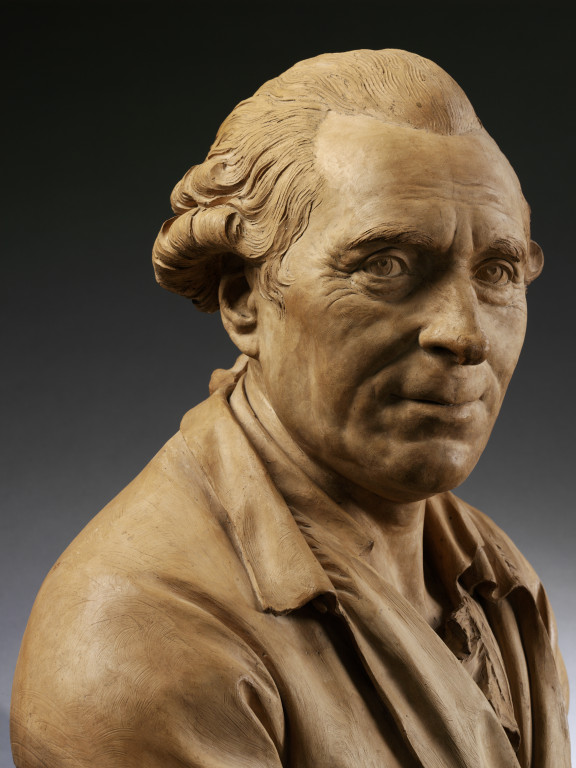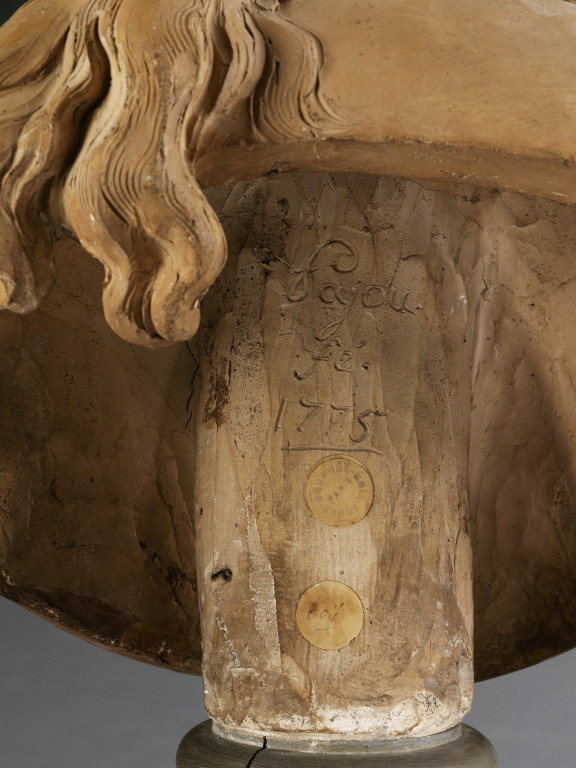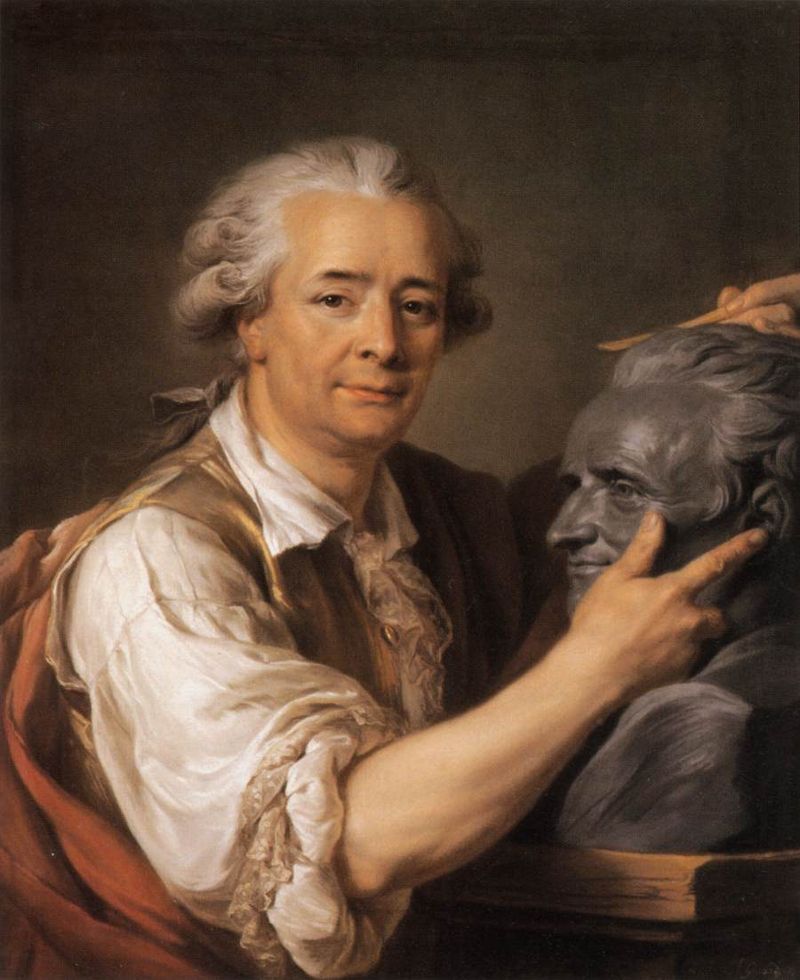The celebrated French sculptor Augustin Pajou was a contemporary of Clodion, Houdon and Pigalle but is today (despite his obvious skill!) not as well known outside of France as he perhaps should be.
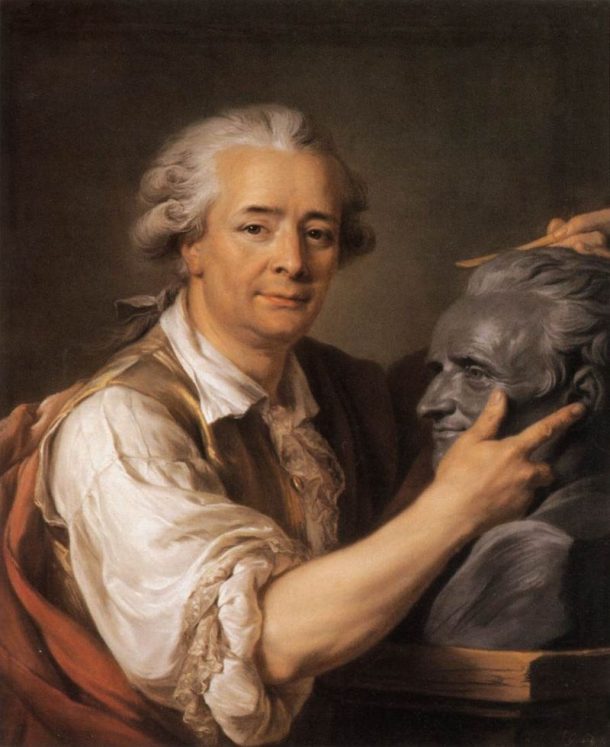
Born on 19th September 1730, Pajou grew up in the Faubourg Saint-Antoine, then one of the poorer sections of Paris, the son of a minor sculptor, Martin Pajou. He showed a great deal of promise as a sculptor from a very young age and at age fourteen entered the Paris studio of Jean-Baptiste Lemoyne, one of the most prominent decorative and monumental sculptors in France.
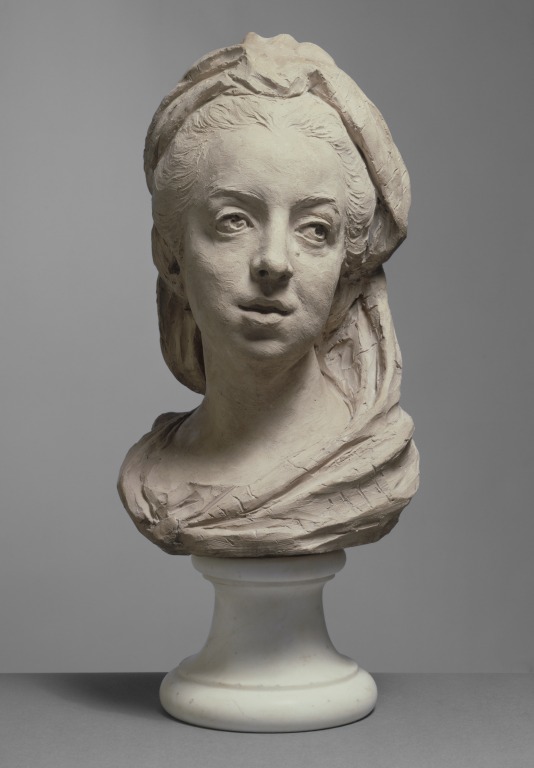
At the unprecedented age of eighteen he won the sculpture category of the Prix de Rome, a scholarship prize organised by the Académie Royale de Peinture et de Sculpture (Royal Academy of Painting and Sculpture). Artists who managed to successfully prove their skill won a stay at the Palazzo Mancini in Rome at the expense of the King of France. This period of study in Rome appears to have fostered within Pajou a devotion to Greco-Roman art.
Pajou participated in the official art world of royal and aristocratic patrons, flourishing within the circles of power and privilege. He received prestige and celebrity under Kings Louis XV and Louis XVI and was respected by his peers. He worked on numerous official commissions including the decoration of the Salle de l’Opéra at Versailles, the Palais-Royal, and the Palais de Justice.
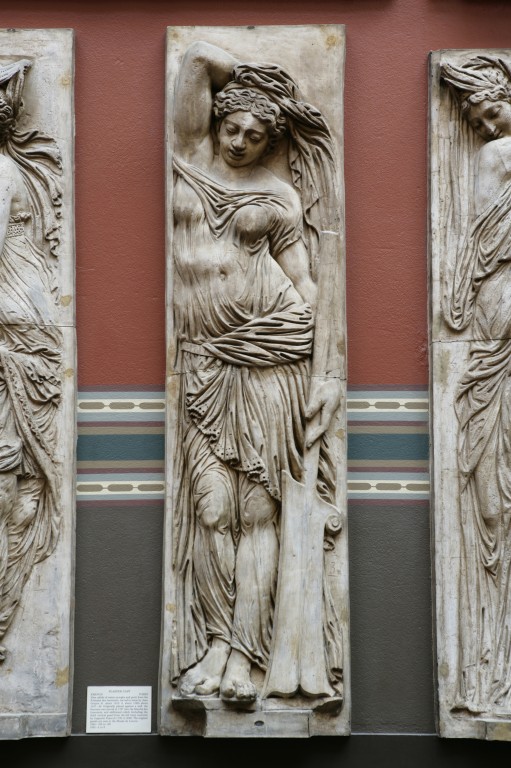
He was particularly praised for his designs for elaborate funerary monuments that were so popular at this time. However, he was most renowned for his busts and commemorative statues. Two prime examples of his mastery at creating lively busts will be displayed in the new Europe Galleries.
This terracotta bust of an old man is slightly larger than life-size and was almost certainly a portrait modelled from life. Despite his down-turned head, I think that his swept-back hair, thick flowing beard and deeply furrowed forehead provide a sense of ‘restrained vitality’.
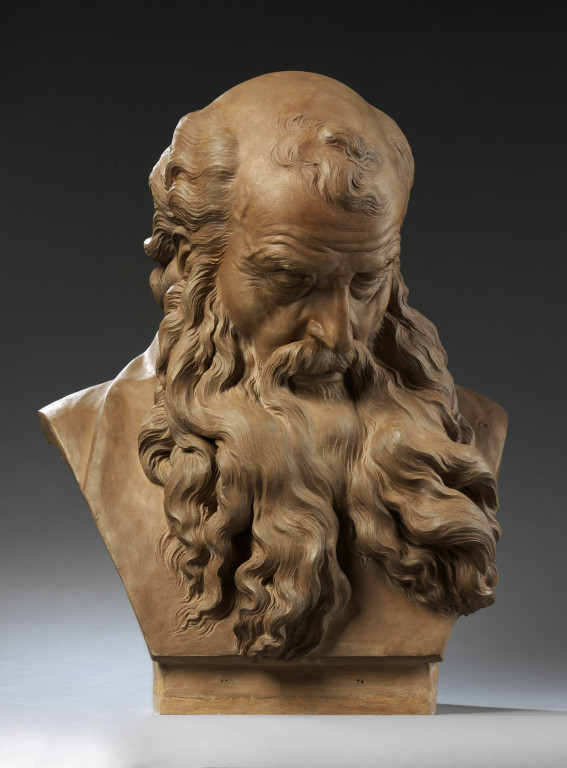
It has been suggested that this bust represents St Augustine, who is generally depicted with a long flowing beard and thoughtful expression. This would link the bust to one of the most important commissions received by Pajou in his early years, shortly after his return from Rome. His St Augustine was one of a series commissioned to replace existing plaster statues at the Hôtel des Invalides. A number of notable Parisian sculptors were involved in this project and we know that in 1761 Pajou was working on a marble St Augustine for this. Unfortunately, during the Revolution, all of the statues were removed and almost all, including St Augustine, disappeared.
The second bust is that of Pajou’s personal friend, the poet and dramatist Michel-Jean Sedaine.
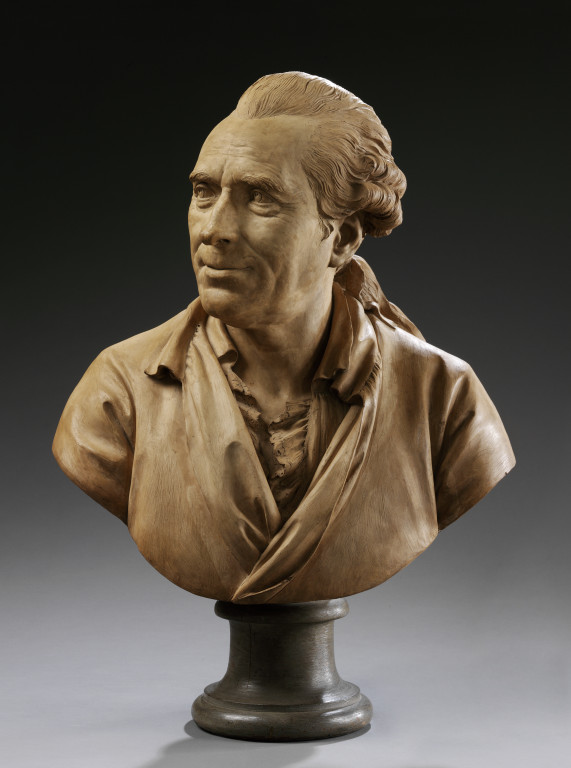
At the time this bust was made Sedaine, here aged 56, was a well-established and highly-regarded librettist for opera. He is shown wearing a banyan or night gown over a shirt. This was a very informal arrangement of dress, usually worn in the privacy of the home and company of family or intimate friends. Artists, writers, musicians and other creatives were often portrayed wearing banyans in the 18th century, presumably as these were what they wore in their studies or studios during the process of ‘creating’.
